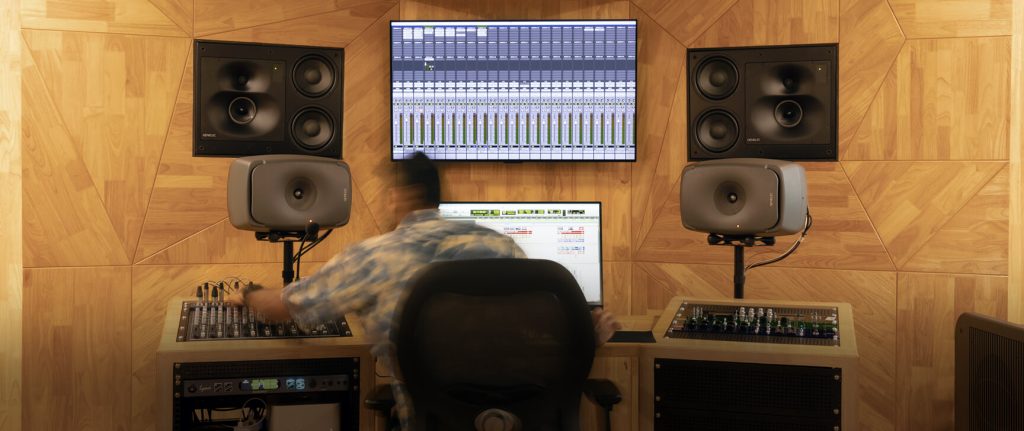Behind Closed Doors – Exploring the Technology of a Music Recording Studio
Walking into a music recording studio is like entering a realm where creativity and technology converge seamlessly. Behind closed doors, these studios are equipped with state-of-the-art technology designed to capture, manipulate, and refine sound with unparalleled precision and clarity. At the heart of every recording studio lies the control room, a command center where producers, engineers, and artists collaborate to craft sonic masterpieces. Dominating this space are the mixing consoles, towering arrays of faders, knobs, and buttons that resemble the cockpit of a spaceship. These consoles allow engineers to balance levels, adjust frequencies, and apply effects in real-time, shaping the audio to perfection. Surrounding the consoles are racks filled with audio processors and effects units. From equalizers that sculpt the tonal balance to compressors that control dynamics, each device plays a crucial role in shaping the sound. Digital audio workstations DAWs serve as the backbone of modern recording, where multitrack recordings are edited, arranged, and mixed. Powerful computers handle immense data streams, ensuring that every detail, from a whispered lyric to a thunderous drum fill, is captured and refined with precision.

Beyond the control room lies the recording space itself, carefully designed to optimize acoustics. Studios employ acoustic treatments such as soundproofing panels, diffusers, and bass traps to minimize unwanted reflections and create an environment where sound can be captured faithfully. Microphones, ranging from delicate condensers to robust dynamics, capture performances with clarity and nuance, each chosen for its unique sonic characteristics. Instruments and amplifiers populate the studio floor, each meticulously selected to complement the music being created. From vintage guitars and pianos to cutting-edge synthesizers and drum machines, these tools offer endless possibilities for sonic exploration. Amplifiers and cabinets, both classic and modern, deliver rich tones that define genres and elevate recordings to new heights. Behind the scenes, cables snake through the studio like arteries, carrying audio signals from microphones to preamps and processors with minimal interference. Power conditioners ensure a clean, stable electrical supply, guarding against hums and buzzes that could disrupt delicate recordings. Studio monitors, designed for accuracy rather than embellishment, reveal every detail of the mix, allowing engineers to make informed decisions about balance and clarity.
In the digital realm, plugins emulate coveted analog gear, offering limitless sonic possibilities at the click of a mouse. Virtual instruments replicate the sounds of traditional orchestras, vintage synths, and futuristic soundscapes with astonishing realism. Automated processes streamline workflows, allowing artists and engineers to focus on creativity rather than technical minutiae. Collaboration is facilitated through high-speed internet connections and remote recording capabilities, allowing artists and producers to work together from anywhere in the world. Video conferencing and cloud-based storage enable real-time feedback and file sharing, transforming the creative process into a global endeavor. Beyond its technical prowess, a recording studio is a sanctuary where artists can explore, experiment, and innovate without constraints and Learn More at Rift Studios. It is a place where raw talent meets cutting-edge technology, where inspiration is captured and transformed into enduring art. Behind closed doors, the technology of a music recording studio opens infinite possibilities, shaping the sound of today and influencing the music of tomorrow. Behind closed doors, the magic of a music recording studio unfolds, blending artistry with technology to craft timeless musical expressions.